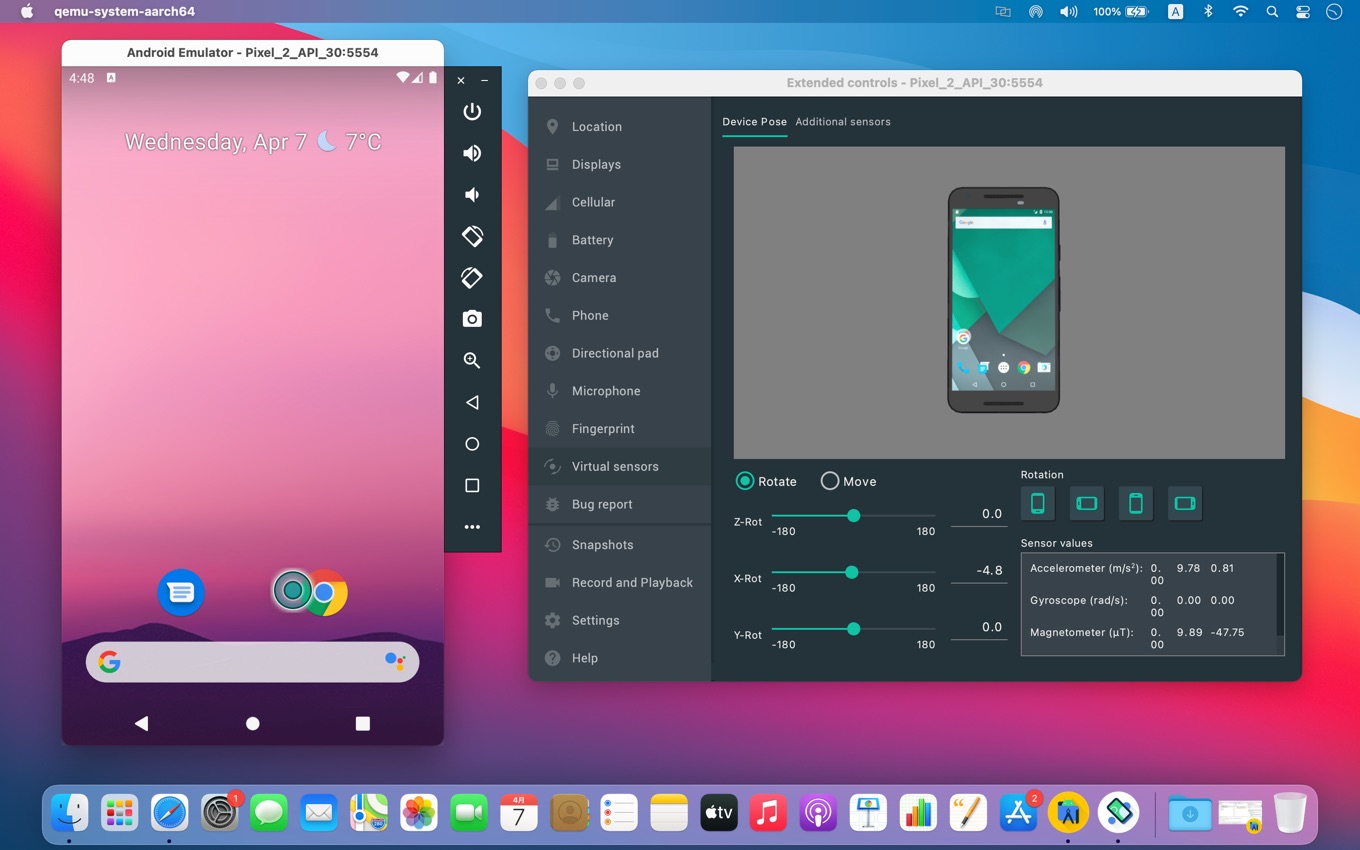

If you've installed Android Studio and Android SDK and adb is available, the emulator should be visible from Studio and work (deploy built apps, debug apps, etc). The first few times it starts up it will take a while to show up, but subsequent launches will be faster. You'll first need to right click the app icon and select Open and then skip past the developer identity verification step (we are working on providing official identity info). dmg, drag to the Applications folder, and run. Go to the Github releases page, download a. M1 (or equivalently capable) SoCs are required note that this does not work on DTKs as they do not support ARM64 on ARM64 hardware virtualization via amework. This only works on M1 Apple Silicon Macs. When building, it may be faster to start then cancel the Python triggered build and then reissue ninja -C objs install/strip versus letting the Python triggered build finish.


Support for downloading the M1-based emulator was added to SDK Manager, so it's not necessary to go to the Github releases page to download a standalone.


 0 kommentar(er)
0 kommentar(er)
